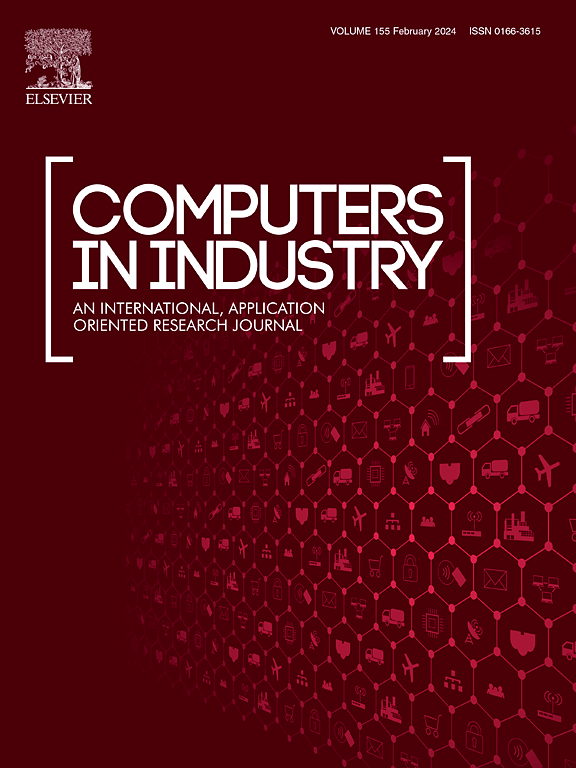Dual channel visible graph convolutional neural network for microleakage monitoring of pipeline weld homalographic cracks
IF 8.2
1区 计算机科学
Q1 COMPUTER SCIENCE, INTERDISCIPLINARY APPLICATIONS
引用次数: 0
Abstract
When using a single sensor to monitor early microleakage of nuclear power pressure pipeline leakage, there are problems such as low monitoring accuracy and poor early warning reliability due to the limitations of the monitoring range and weak difference between the leakage signals. To address these challenges, this paper proposes a dual channel visible graph convolutional neural network (DCV-GCN). Firstly, the acoustic emission time-series data of each channel are truncated and divided, and the significant frequency bands are selected based on the envelope spectrum. On this basis, the sequence group is averaged to obtain the graph structure sequence. Then, the limited penetrable visibility (LPV) graph construction algorithm is used to calculate the adjacency matrix, and the important nodes is reserved according to the eigenvector centrality. Furthermore, the inverse ratio of the distance from the sensor in each single channel to the center of the crack is used as the fusion weight, and the adjacency matrices are merged after normalization to transform the construction of the graph structure dataset. Finally, the dataset is input into the graph convolutional neural network, and the effectiveness of the method is verified by carefully designing three homalographic cracks. The results show that the proposed method can effectively extract the distinguishing features with similar frequency components and similar leakage rates, and the recognition accuracy of different leakage states can reach 98.56 %. In addition, through ablation experiments and different parameter strategy settings, the operating mechanism is explained, which can provide a reference for monitoring and analysis by industrial technicians.
用于监测管道焊缝同色裂纹微渗漏的双通道可见图卷积神经网络
在使用单传感器监测核电压力管道泄漏早期微泄漏时,由于监测范围的限制和泄漏信号之间的微弱差异,存在监测精度低、预警可靠性差等问题。针对这些难题,本文提出了一种双通道可见图卷积神经网络(DCV-GCN)。首先,对每个通道的声发射时间序列数据进行截断和分割,并根据包络谱选择重要频段。在此基础上,对序列组进行平均处理,得到图结构序列。然后,利用有限可穿透性(LPV)图构建算法计算邻接矩阵,并根据特征向量中心性保留重要节点。此外,将每个单通道传感器到裂缝中心的距离的反比作为融合权重,并将邻接矩阵归一化后合并,以转换图结构数据集的构建。最后,将数据集输入图卷积神经网络,并通过精心设计的三条同源裂纹验证了该方法的有效性。结果表明,所提出的方法能有效提取频率成分相似、泄漏率相似的识别特征,对不同泄漏状态的识别准确率可达 98.56%。此外,通过烧蚀实验和不同的参数策略设置,解释了运行机理,可为工业技术人员的监测和分析提供参考。
本文章由计算机程序翻译,如有差异,请以英文原文为准。
求助全文
约1分钟内获得全文
求助全文
来源期刊

Computers in Industry
工程技术-计算机:跨学科应用
CiteScore
18.90
自引率
8.00%
发文量
152
审稿时长
22 days
期刊介绍:
The objective of Computers in Industry is to present original, high-quality, application-oriented research papers that:
• Illuminate emerging trends and possibilities in the utilization of Information and Communication Technology in industry;
• Establish connections or integrations across various technology domains within the expansive realm of computer applications for industry;
• Foster connections or integrations across diverse application areas of ICT in industry.
 求助内容:
求助内容: 应助结果提醒方式:
应助结果提醒方式:


